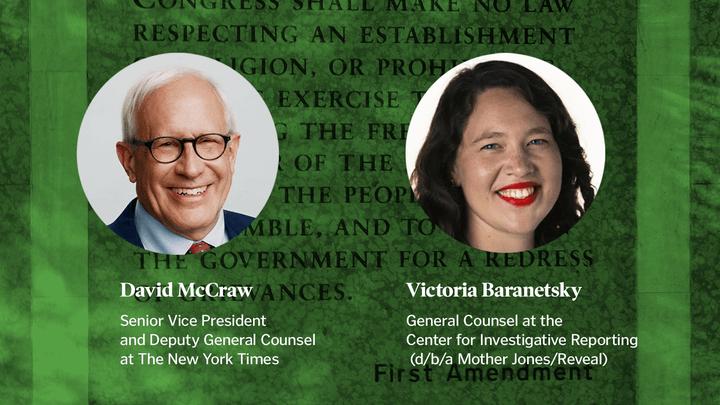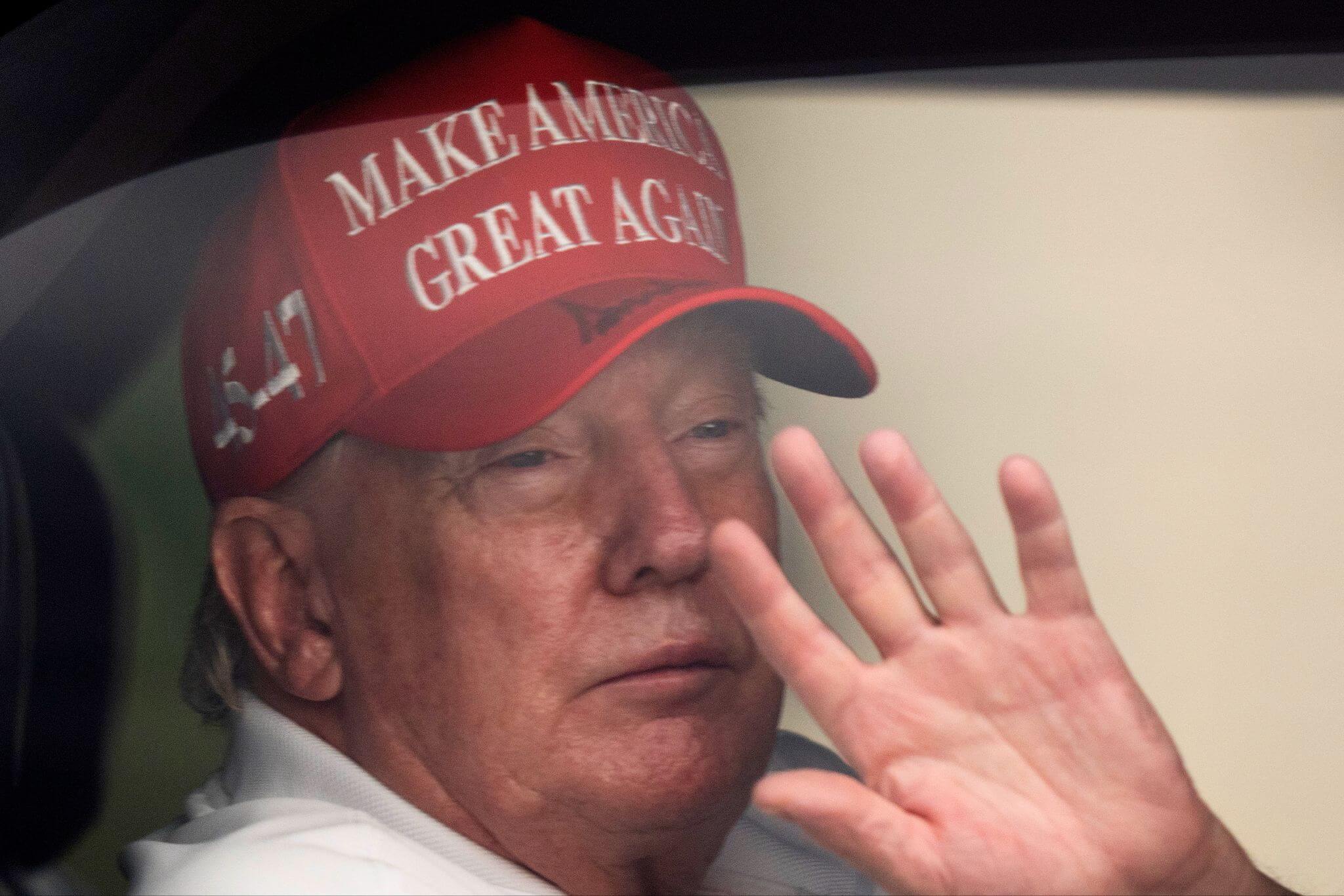Journalist, novelist, and screenwriter John Gregory Dunne wrote an entertaining book, “Monster: Living Off the Big Screen,” about a movie project that rattled along for years. Dunne told how he and his wife, Joan Didion, were handed the true story of a tragic TV journalist and were paid very well to write drafts that kept evolving into something else.
In one of many Hollywood meetings, Dunne finally asked a very successful producer an essential question: “What do you think this picture is really about?”
The answer: “It’s about two movie stars.”
That’s ridiculously simple. Yet it explains so many movies. It explained the film Dunne and Didion eventually wrote, which became “Up Close and Personal,” starring Robert Redford and Michelle Pfeiffer.
“It’s about two movie stars” popped into my head this week when I read that a new film, “The Post,” is planned about the Pentagon Papers. It will star Tom Hanks as Washington Post editor Ben Bradlee and Meryl Streep as the Post’s publisher, Katharine Graham.
On paper, the math works: Two movie stars, with Steven Spielberg directing. We’re talking major movie.
But hold on.
The story of the publication of the Pentagon Papers isn’t really a Washington Post story, it’s a New York Times story.
It was Times reporter Neil Sheehan who first obtained the secret history of the Vietnam War commissioned by Secretary of Defense Robert S. McNamara (no relation to this writer, by the way).
And it was The New York Times which first published excerpts of the Pentagon Papers. On June 13, 1971, readers were greeted by a front page featuring Tricia Nixon’s wedding in the White House rose garden, a story about a foiled airplane hijacking, and, at the top of the page, a story by Sheehan describing the massive document leak.
Inside the big Sunday paper were several consecutive pages of text comprising documents considered top-secret by the United States government.
The next day’s New York Times continued the series. There was another front-page byline for Sheehan and, inside, three pages of text from what the Times was calling the “Vietnam Archive.”
That Monday night, at 8:34 p.m., a telegram arrived at The New York Times. It was addressed to publisher Arthur Ochs Sulzberger, and it was a blunt warning from John Mitchell, the nation’s attorney general (who would later do 19 months in the federal pen for his role in Watergate). Mitchell demanded that the newspaper stop publishing the leaked documents, and asserted the Times was violating a federal espionage law.
The next morning, the publication of the leaked documents continued. Atop the front page was the headline, “Mitchell Seeks to Halt Series On Vietnam But Times Refuses.”
A landmark legal battle began. On that Tuesday the government went to court and obtained an injunction which prevented the Times from publishing any more of the documents.
At the end of that week, with the Times series paused, the Washington Post began publishing documents it had just obtained from the same secret Pentagon study.
That’s apparently the plot to the planned Spielberg film, the decision by The Washington Post to pick up the ball and publish the Pentagon Papers after the Times had been silenced.
One could argue it’s a legitimate angle. Richard Nixon was fuming in the White House, his angry directives to his aides sowing the seeds of Watergate. A president had prevented a great newspaper from publishing material in a blatant act of prior restraint. So, fair enough, what Ben Bradlee and Katharine Graham did at that juncture was brave. It was noble. They stood up for principle by firing up the presses.
But really, why not just make a movie about The New York Times and the Pentagon Papers?
Consider how it all happened. First of all, Daniel Ellsberg, a scholar and former Marine officer, perpetrated the leak by spending hours at a Xerox machine. No flash drives back then.
When Sheehan, who had reported from Vietnam years earlier, received 47 volumes of material from Ellsberg, he reviewed it with a Times editor, Gerald Gold, in Washington. They realized how valuable the documents were and flew them to New York.
Again, no flash drives. Sheehan and Gold bought three airplane tickets so their carton of documents could ride alongside them, never out of sight.
In New York, the editor and reporter, joined by other Times staffers, moved into a hotel suite at the Hilton, a few blocks from the Times headquarters. For 10 weeks, in an improvised secret newsroom filling with photocopiers and towering stacks of paper, the most noteworthy material was surfaced.
Hovering over that remarkable effort was a legendary New York City character, managing editor Abe Rosenthal. When he retired from the Times in 1999, the editorial page paid tribute to him, and noted his role in the Pentagon Papers publication: “Though hardly alone among Times editors, Mr. Rosenthal was instrumental in mustering the arguments that led to the decision by our then publisher, Arthur Ochs Sulzberger, to publish the archive.”
Think of the scenes in that movie. Reporters sequestered with a big cardboard box stuffed with top-secret documents. The grit, the grime, the groovy things people were wearing on Sixth Avenue in the spring of 1971 as reporters and editors slipped in and out of a clandestine newsroom. And Abe Rosenthal, pugnacious and smart, arguing, despite Nixon’s outspoken hostility toward the media, that the government’s secret history of official deception had to be revealed.
As everyone in a media law class learns, the New York Times prevailed in a Supreme Court decision at the end of June 1971, and continued publishing the Pentagon Papers.
And in May 1972 the New York Times, for its work publishing the leaked archive, was awarded the Pulitzer Prize for meritorious public service. Yet the project was still so controversial that the Columbia University board of trustees, which bestowed the prizes, issued a statement saying most of the board had “deep reservations about the timeliness and suitability of certain of the journalism awards.”
It’s one of the great newspaper stories. Come on, Hollywood, that’s your movie.
Yet I often think of that story told by the late John Gregory Dunne. In Hollywood, a movie is about two movie stars. If you buy that, it’s hard to bet against Hanks and Streep.






